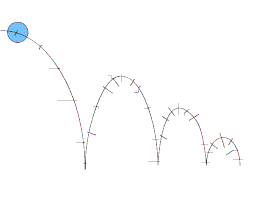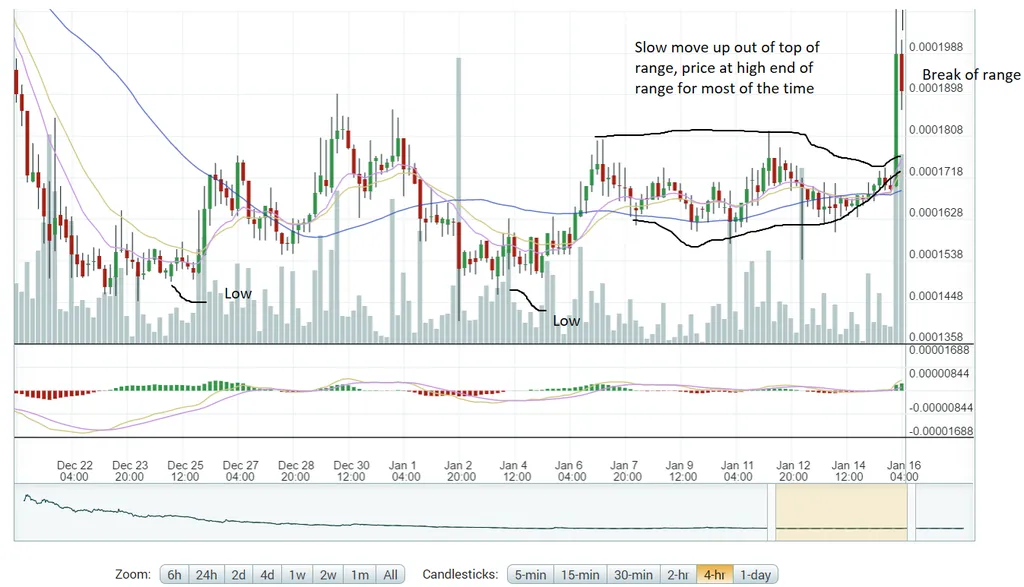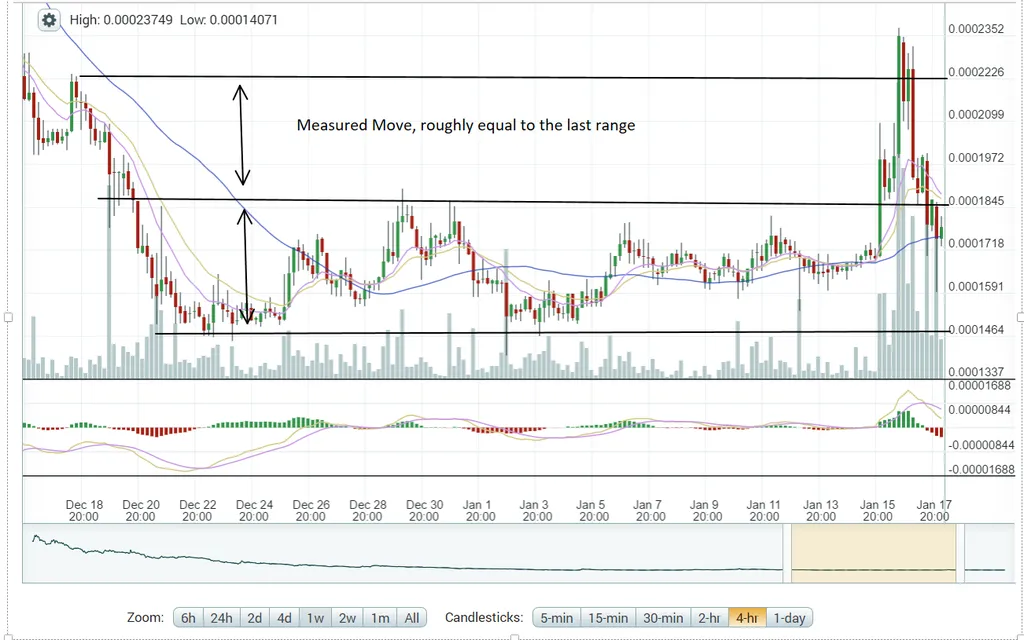
Learning how to trade is a journey, very much like peeling back the layers of an onion. In my first post we covered the outer layer, what an edge was, a mathematical 'traders equation'. The next layer we talked about the states markets generally reside in, trends, ranges and reversals.
...These are both broad 'theoretical' strokes - let's dig a little deeper to something a little more practical - starting with ranges.
What is a ranging market?
"The market is said to be ranging when the price is making the same highs and lows a number of times. The most common definition of a ranging market is when the price hits the same highs and lows three times"
Don't listen to me, work it out for yourself…

I strongly believe that what you read here or in any other book, blog or see in a video will be of limited usefulness to you 'alone' without actual experience trading the markets. From that belief I think the best way for me to explain the markets is to provide you with a few interesting 'gambits' that you can then go on to explore and develop yourself, adapting to create something to your unique personality and perception of the markets.
Markets are pretty lazy…

Markets like to keep doing what they've been doing, they have inertia. When they're trending they generally keep trending, when they're ranging they generally keep ranging. This is the context of the market, once you've figured out the 'general' state it's in you can take advantage of the potential opportunities those states present. The general vibe of a ranging market is… buy low sell high. You buy when the range is at its low and sell when it's at it's high.
There are many more caveats and trading 'gambits' that you'll develop with screen time, adapting to the 'personality' of the market you're trading.
Trading Ranges Gambit #1 - The faster it gets there the more likely it is to bounce back

So we have our basic idea, that the market will bounce between two areas. Every bounce is not equal however. When the price rushes to a low or high then it is more likely to bounce off of that level than if it creeps there slowly.
Here's why… let's say the range is between 20 and 25 and it looks pretty obvious on the charts. If price is around 22 and all of a sudden it quickly pushes up to around 25 then most likely it will fall back down from there. This is because the traders find themselves in some kind of 'vacuum' the buyers know it's good to buy at the lows of the range and the sellers know it's good to sell at the high of the range - so any price in between is pretty irrelevant.
When an aggressive buyer/seller makes an attempt at the highs or lows then the smart traders on the other side to them will get out of the way letting price bounce to those levels.
Additionally it takes effort to move a price that aggressively and quickly, especially when smart sellers are waiting at resistance. Unless that effort has legs and will push past the highs or lows then it's more likely to fail.
When it slowly creeps up or down, the reverse is true.

In the example of the ball above, we can see its bouncing off 'lows', but bouncing up with less energy and making 'lower highs' - price, unlike the ball will most likely push through that low.
We can try to get into the intricacies of the market and really zoom in to the psychology but at the end of the day the general rule that 'the faster it gets there the more likely it is to bounce back' holds true in most ranging cases. That’s all we need as traders.
Trading Ranges Gambit #2 - Once a range breaks, it will most likely make a 'measured move' equal to the range it broke from
If a market is ranging between 20 and 25 and then breaks 25 (pushes above), it's reasonably likely that it'll test 30s. A move of 5 equal to the previous range of 5 between 20 and 25.
As markets are lazy it takes a lot of buying power to break the upside of a range, those buyers will realistically only be able to stop out of their trade if they're wrong at the low of the range. Due to price pushing down to the lows where the most volume can be transacted. Therefore, in order for them to have a successful trade in the long run and not lose all of their money there needs to be a reasonable target in mind. This is a measured move, which is a gain that's equal to their risk.
We see measured moves all the time in the markets, not just in ranges.
What about STEEM!
Steem recently exhibited both of these gambits. It had a normal bounce back range, a slow breakout of that range and then a measured move equal to that range...
Some examples… with Steem!
Moving into a Trading Range
Steem had a paused moment recently, the relentless downtrend - instead of making new lows transitioned into a range. After prolonged downtrends, the markets generally need to 'bounce around a bit' before a reversal can take place (more on reversals coming soon). The general range was from around 1450s to 1850s as seen in the chart below. Notice the 'wicks' on the candlestick charts whenever the price pushed into these levels, these are levels that price did not close and 'bounced back'.

Slowly Pushing Up
Instead of pushing back down to the lows around 1450s, price continued to push toward the high of the range (much like the bouncing ball above) until a break occured and price pushed aggressively up.

A Measured Move...
Once price had pushed out of the range it very quickly tested and even broke the measured move that was equal to the previous range.
1450s to 1850s turned into 1850s into 2250s (plus a little more).

If you've made it this far..
Thanks for reading, share a chart below, or your own experiences trading ranges. This is only a brief introduction, I'd be happy to go further with any questions you might have.
:D
Next week I'll talk about Trends and then Reversals.
All images from Pixabay
All gifs from Giphy